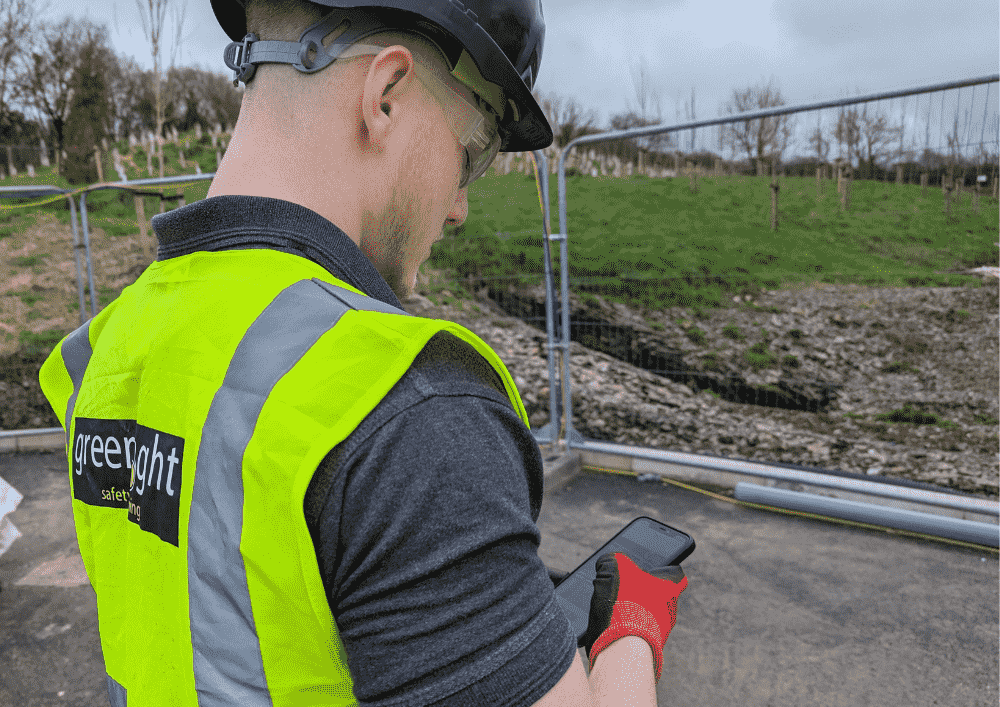
The Growing Importance of Industrial Hygiene Software in Modern Workplaces
In today’s industrial landscape, managing health and safety risks is more critical than ever. Companies are under increasing pressure to not only comply with stringent regulations but also to create safer working environments. This is where industrial hygiene software has become an invaluable asset. By integrating advanced technology into safety management processes, organizations can significantly enhance their ability to prevent workplace accidents and control hazards more effectively.
Industrial hygiene software streamlines the identification, evaluation, and mitigation of workplace risks. It provides safety professionals with comprehensive tools to monitor exposure levels, track compliance, and respond swiftly to emerging threats. These capabilities are essential to prevent workplace accidents that could cause harm to employees and costly disruptions to operations.
How Industrial Hygiene Software Improves Risk Identification
The first step in effective risk control is accurately identifying hazards before they escalate. Traditional methods often rely on manual inspections and scattered data, which can leave gaps in safety oversight. Industrial hygiene software revolutionizes this process by consolidating real-time data from multiple sources, including environmental sensors, exposure monitoring devices, and employee reports.
This centralized approach allows safety teams to get a clearer picture of potential dangers in the workplace. With continuous monitoring and automated alerts, industrial hygiene software helps companies spot risks early and take timely action. Early detection is critical to prevent workplace accidents, as it reduces the chance of hazards going unnoticed until they cause harm.
Enhancing Risk Assessment and Control Through Data
Beyond identifying hazards, managing risks requires thorough assessment and the implementation of appropriate controls. Industrial hygiene software facilitates detailed risk assessments by compiling exposure data and comparing it against regulatory limits and best practice guidelines. This data-driven insight empowers safety managers to prioritize interventions based on severity and likelihood.
Using this software, organizations can tailor control measures to specific risks, ensuring resources are applied where they will be most effective. This targeted approach strengthens efforts to prevent workplace accidents, minimizing unnecessary interventions while focusing on high-risk areas. As a result, the overall risk profile of the workplace improves, contributing to a safer environment.
Supporting Compliance and Documentation
Compliance with occupational health and safety regulations is a legal necessity, but it can also be a major driver of improved risk control. Industrial hygiene software helps companies stay compliant by maintaining accurate records of monitoring activities, assessments, and corrective actions. This comprehensive documentation is vital during inspections and audits, demonstrating a company’s commitment to safety and regulatory adherence.

Having such records readily available also facilitates continuous improvement. By reviewing historical data, safety teams can identify trends and evaluate the effectiveness of control measures. This ongoing analysis supports better decision-making and further strengthens the ability to prevent workplace accidents over time.
Facilitating Communication and Training
An often-overlooked aspect of risk control is effective communication. Safety measures are only as good as the awareness and understanding of those expected to follow them. Industrial hygiene software plays a key role in bridging communication gaps by providing accessible platforms for sharing hazard information, training materials, and safety alerts.
Employees who are well-informed about workplace hazards and trained on proper safety practices are less likely to be involved in accidents. Through the use of industrial hygiene software, companies can deliver consistent, up-to-date training and encourage active participation in safety programs. This collaborative approach is instrumental in the ongoing effort to prevent workplace accidents and build a strong safety culture.
Real-Time Monitoring and Incident Response
One of the standout benefits of industrial hygiene software is its ability to deliver real-time monitoring of workplace conditions. Whether it’s air quality, noise levels, chemical exposures, or ergonomic risks, the software continuously gathers data and provides instant feedback. This immediacy allows safety personnel to respond swiftly to hazardous situations before they result in incidents.
The faster hazards are controlled, the more effective the effort to prevent workplace accidents becomes. Real-time alerts enable immediate corrective actions, such as adjusting ventilation, modifying work practices, or evacuating affected areas. This dynamic risk control capability is a game-changer in environments where conditions can change rapidly and unpredictably.
Long-Term Benefits of Industrial Hygiene Software
Beyond the immediate advantages, the use of industrial hygiene software contributes to long-term organizational benefits. Companies that adopt this technology tend to see reductions in workplace injuries, improved employee morale, and lower costs related to accidents and regulatory penalties. The software’s ability to provide comprehensive risk management fosters a safer and more efficient workplace.
Moreover, these improvements translate into enhanced productivity and business continuity. By helping to prevent workplace accidents, industrial hygiene software ensures that operations run smoothly with minimal disruptions caused by safety incidents. In competitive industries, such reliability can offer a significant advantage.
Conclusion: Empowering Safer Workplaces with Industrial Hygiene Software
In conclusion, industrial hygiene software plays a pivotal role in enhancing risk control across diverse industries. Its comprehensive capabilities in hazard identification, risk assessment, compliance management, communication, and real-time monitoring empower organizations to proactively manage workplace safety. By leveraging this technology, companies can significantly prevent workplace accidents, protect their workforce, and maintain regulatory compliance.
The integration of industrial hygiene software into safety programs is no longer a luxury but a necessity in today’s complex work environments. It equips safety professionals with the tools they need to reduce risks and build a culture of prevention. Ultimately, this leads to healthier workplaces where employees are safer and businesses thrive.